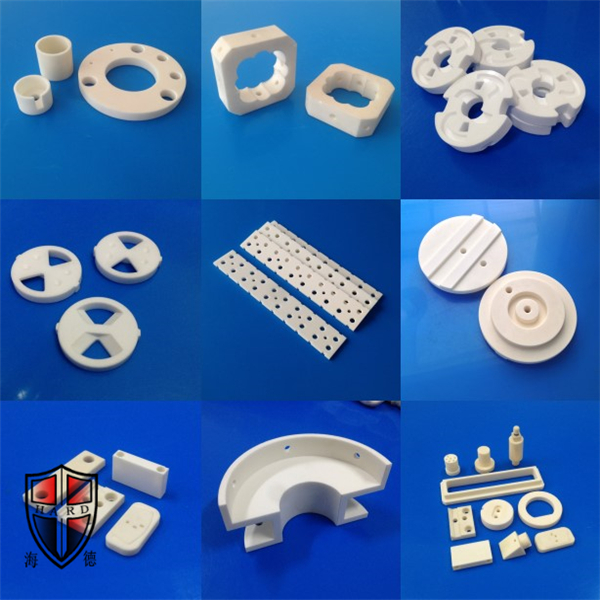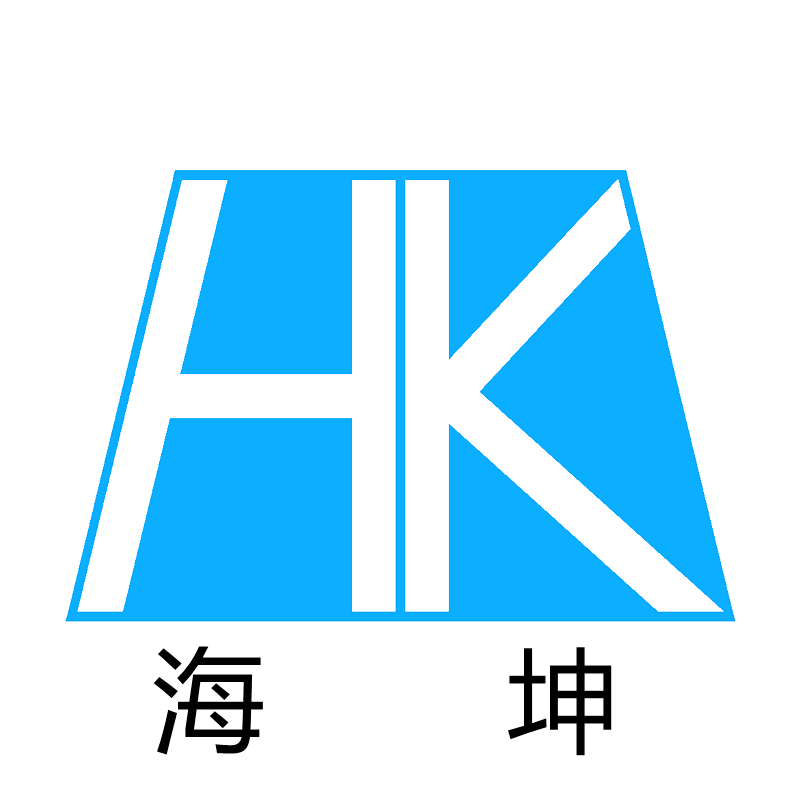custom engineering aluminum oxide ceramic machining parts
Reputation depends on quality, quality comes from Hard!
Alumina Ceramics:
Blending modification of polyethylene After blending linear low-density polyethylene and low-density polyethylene, it can be used to process films and other products. The product performance is better than low-density polyethylene. The blending of polyethylene and ethylene-propylene rubber can produce a wide range of thermoplastic elastomers. Polyethylene can be divided into high pressure method, medium pressure method and low pressure method according to polymerization pressure. The high-pressure method is used to produce low-density polyethylene. This method was developed early. The polyethylene produced by this method accounts for about 2/3 of the total polyethylene output. However, with the development of production technology and catalysts, its growth rate has been Far behind the low-pressure law. The low pressure method includes slurry method, solution method and gas phase method. The slurry method is mainly used to produce high-density polyethylene, while the solution method and gas phase method can not only produce high-density polyethylene, but also produce medium and low-density polyethylene by adding comonomers, which is also called linear low-density polyethylene. Vinyl. Various low-pressure processes have developed rapidly. A method of using oxygen or peroxide as an initiator to polymerize ethylene into low density polyethylene. Ethylene enters the reactor after two-stage compression, and is polymerized into polyethylene under the pressure of 100-300 MPa, temperature of 200-300°C and the action of the initiator. The reactants are separated under reduced pressure, so that the unreacted ethylene is recycled and melted. After adding plastic additives, the polyethylene is extruded and pelletized. There are two types of polymerization reactors: tubular reactor (tube length up to 2000 m) and tank reactor. The single-pass conversion rate of the tubular process is 20% to 34%, and the single-line annual production capacity is 100 kt. The single-pass conversion rate of the kettle-type process is 20%-25%, and the single-line annual production capacity is 180 kt.

properties: High hardness, high strength, wear resistance, corrosion resistance, high temperacture (1600°), good thermal diffusivity, good insulativity, low cost etc.
Data Sheet↓
Color: White/Ivory Density: 3.9g/cm3 Alumina Content: 96% 99% 99.5% Gas permeability: 0 Water Absorption: 0 MONS' Hardness: 82 Vickers Hardness (Hv50): 15.7(1600) Gpa(Kg/mm²) Flexural Strength(20°C): 330Mpa Compressive Strength(20°C): 2000Mpa Fracture Toughness (20°C): 4 MPam1/2 Thermal Conductivity(20°C): 27.5W(m.K) Thermal Expansion Coefficient: 7.6 10-6/°C Thermal Shock Resistance: 200 △T°C
Maximum use temperature 1650°C
Dielectric Strength: >10 KV/mm
Dielectric Constant: 9.1er
Dielectric Loss Angle(1MHz): 0.0002-0.0003
Volume Resistivity(20°C): >1014Ω.cm
Application industry: Machinery, electronic, chemical, petroleum etc. Specific application: Electrical ceramic substrate, plunger, sealing ring etc.
Why Choose Us? 1.12 years of professional production industrial ceramics factory 2.High quality products with low price 3.High precision parts with lowest tolerance 4.Short time for production 5.Has a group of experienced, professional and efficient R&D team 6.Has a good reputation in China and abroad. 7.MOQ is not limited, small quantity is welcome.
8.Vigorous team and good after-sales service
Products Show

FAQ
Q: Are you trading company or manufacturer ?
A: We are factory.
Q: How long is your delivery time?
A: Generally it is 5-10 days if the goods are in stock. or it is 15-30 days if the goods are not in stock, it is according to quantity.
Q: Do you provide samples ? is it free or extra ?
A: Yes, we could offer the sample for free charge but do not pay the cost of freight.
Q: What is your terms of payment ?
A: Payment<=1000USD, 100% in advance. Payment>=1000USD, 50% T/T in advance ,balance before shippment.
